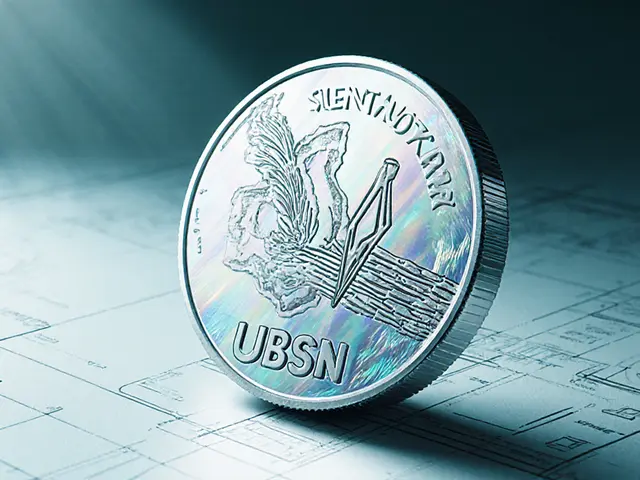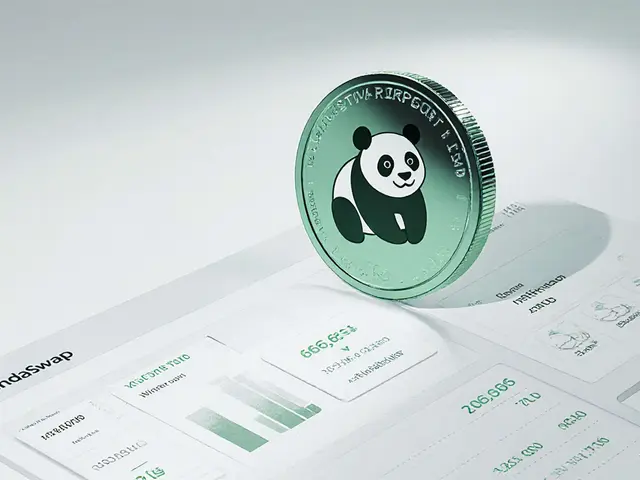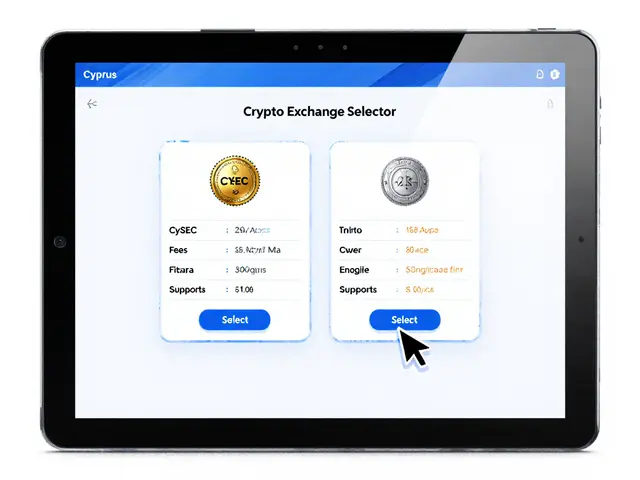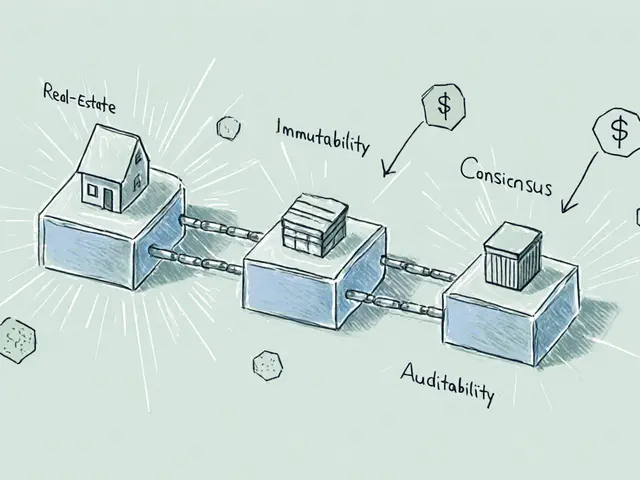Crypto Price: What Moves the Numbers?
When tracking crypto price, the current monetary value of a digital asset expressed in fiat or other crypto. Also known as digital asset price, it fluctuates based on supply, demand, and market sentiment. This volatility isn’t random; it mirrors real‑world factors that you can spot if you know where to look.
The cryptocurrency market, the global ecosystem where buyers, sellers, and developers interact acts like a giant pulse monitor. When hype spikes on social media or a new protocol launches, the market pumps up buying pressure, pushing the crypto price higher. Conversely, a sudden drop in confidence—like a hack or a regulatory clampdown—drains liquidity and pulls the price down. Understanding this cause‑and‑effect loop helps you read price charts like a weather forecast.
Key Factors Shaping Crypto Prices
First, exchange listings, the act of adding a token to a trading platform can instantly boost a crypto price. When a major exchange approves a new coin, it opens the door to millions of traders, increasing demand overnight. That’s why many projects time their announcements around big listings.
Second, mining, the process of securing blockchain networks and creating new coins directly affects supply costs. Higher electricity rates or stricter energy policies raise the cost of production, which can squeeze profit margins and force miners to sell less, tightening supply and nudging the price up. The opposite happens when mining becomes cheaper, flooding the market with fresh coins.
Third, regulatory shifts shape investor confidence. New licensing rules in places like Dubai or tax changes in the UAE send clear signals about the legal environment. When regulators clarify rules, institutional money feels safer and flows in, lifting the crypto price. Unclear or hostile policies, however, can trigger sell‑offs as participants seek safer havens.
Besides these, market mechanics like order types matter. A market order snaps up the best available price, often moving the price a notch higher in thin markets. A limit order, on the other hand, waits for a predefined price, providing a cushion that can stabilize short‑term swings. Knowing which tool to use can protect you from sudden spikes.
All these pieces interlock: exchange listings affect market depth, mining costs shape supply, and regulations steer confidence. Together they form a web of cause and effect that determines the crypto price at any moment.
Understanding crypto price movements helps you anticipate trends before they become headlines. The articles below break down each factor—whether it’s a new airdrop, a mining ban in Norway, or a VARA licensing update—so you can see how they ripple through the market.
Below you’ll find deep dives, step‑by‑step guides, and real‑world examples that show exactly how these forces play out in today’s crypto landscape. Dive in to sharpen your trading edge.
Powsche (POWSCHE) Explained: Solana Meme Coin Basics, Price, and Risks
Learn what Powsche (POWSCHE) is, its Solana‑based tokenomics, price history, risks, and how to trade this Porsche‑themed meme coin.
View More




